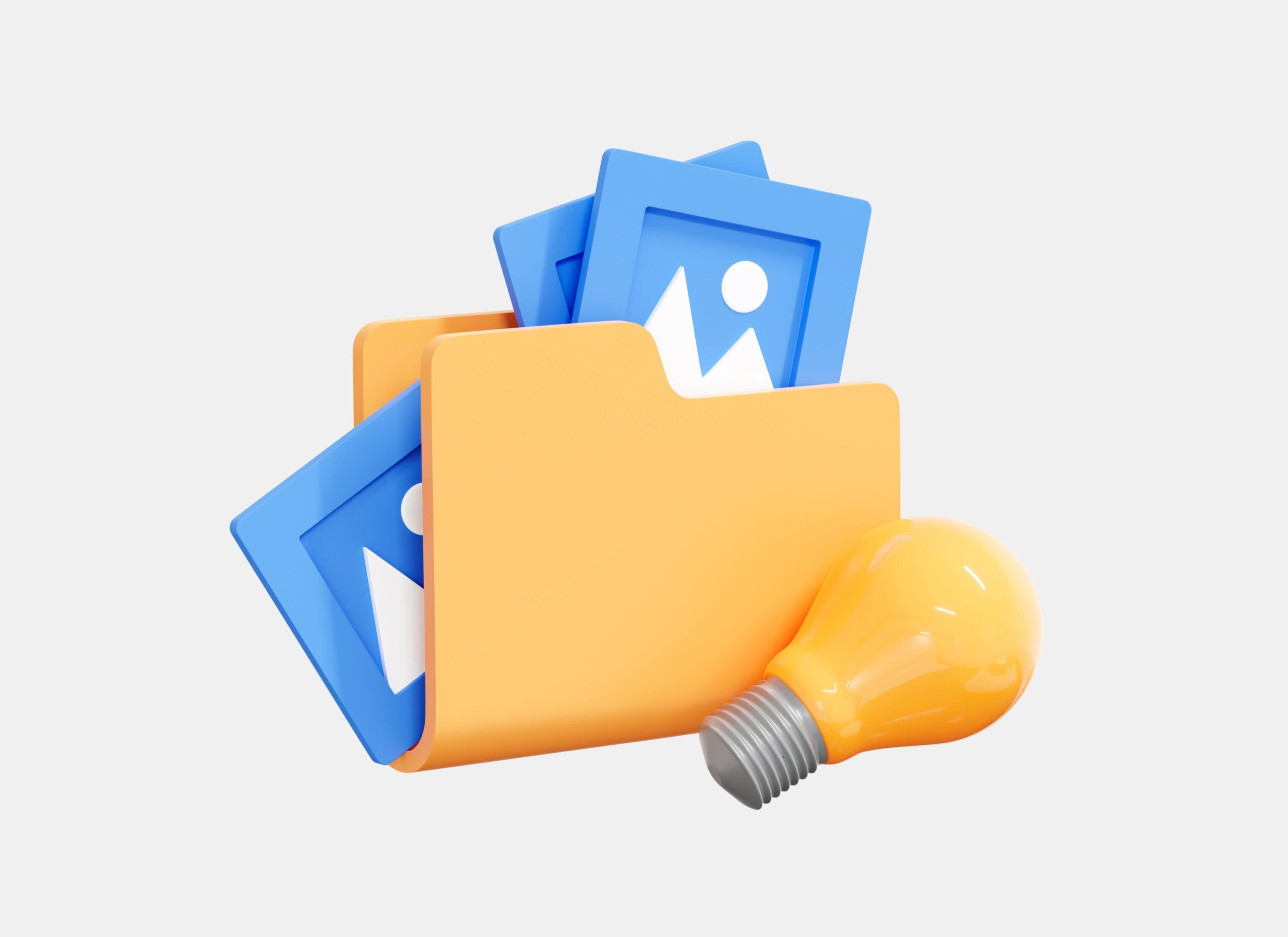5 Tips for Creating a Digital Photography Workflow

We live in an age where social media accounts and smartphones have made photography a popular hobby.
But there are artists in the world who endeavor to capture something beyond the mere tolerance of reality with their photography. For these individuals, an efficient workflow could spell the difference between creating art and drowning in muddled creative processes.
Let’s take a closer look at how you can create a more efficient photography workflow for your chosen art form.
What is a digital photography workflow?
Photography workflow is the systematic approach that is needed to make photography into the art form it can be.
Creative production isn’t always a spur-of-the-moment thing where inspiration hits and creative outputs come flowing forth. It’s a detailed workflow that entails planning, preparation, and post-production asset management.
An efficient photography workflow generally includes the following key stages:
- Preparation and planning
- Gear setup
- Photo shoot
- Asset organization and backups
- Editing and retouching
- Delivery of final assets
To increase creative output and connect images with clients as soon as possible, each stage of the workflow should be optimized.
Why should every photographer have a digital photography workflow?
An efficient workflow allows you to maintain a comprehensive view of projects and manage image collections effectively. And it helps you maintain your creative fervor and momentum throughout the creation of creative assets.
Having a set workflow in place allows you to settle into the creative flow without having to worry about administrative tasks and planning your next steps.
But you can go one step further. Automating your workflow in a DAM platform – one that plugs into your creative tools – lets you gain even more efficiency once assets are captured.
Optimize your digital photography workflow in 5 easy steps
Step 1: Understand the scope of work required
The start of any photography workflow lies far away from the camera. It doesn’t even begin with the object that needs to be photographed.
A few simple sentences, in black and white – that’s where it begins.
Understanding your brief, along with all the hidden nuances that may be merely implied, will guide the preparation of your photo shoot. So sit down with the client or the necessary stakeholders and make sure you know what you’re getting into before you even think about picking up that camera.
Step 2: Prepare your gear and your mindset
While any person with a decent smartphone can capture a few amazing shots, it takes a bit more to capture a perfect shot each time. Once you understand your brief and the object/mood/ambiance you need to capture, you can set up your equipment accordingly.
But if there’s one thing that smartphone photography has taught us, it’s that high-profile gear isn’t always the answer to a DAM good picture. Take the time to plan your photo shoot and browse through your existing photo collections for photos that are similar in scope to the project ahead. This way you’ll have a clear mental image to guide your first steps.
Step 3: Capture as many images as possible on site
Being able to capture photos as high-quality RAW files increases editing possibilities later. But many photographers are obliged to work with lower-quality images to save on limited storage space.
With a cloud-based DAM library and automated syncing capabilities, you have access to unlimited storage space directly from your photo shoot.
Step 4: Organize and manage your photo assets efficiently
The moment the shoot wraps is the moment the organization of assets should begin. From folder structures to naming conventions, keeping your assets organized in a manner that makes easy access and retrieval possible is vital.
In this stage, the application of metadata tagging also ensures future searchability. No matter how vast your collection library becomes, metadata makes retrieval immediate.
Step 5: Collaborate with your clients during post-production
Editing and retouching are vital parts of the photography workflow. Even with the most immaculate photos, editing can often enhance key aspects to make assets reach their full potential.
With SaaS DAM software, you get to collaborate more efficiently with your clients during the editing process. By accessing markups and comments saved directly on assets, it’s easy to create a collaborative client workflow as well.
The parting shot: How to deliver quality photography every time
Quality photography relies on being able to focus on the task at hand, whether it’s capturing footage or applying retouches. The best way to ensure that you can apply full creative focus where it’s needed is to clear away the tasks that clutter your workflow.
With globaledit, your photography workflow becomes the pinnacle of efficiency once it is integrated into a DAM platform that makes creative production, collaboration, and management easy. Let us show you how globaledit can help you take your art form to new heights.
